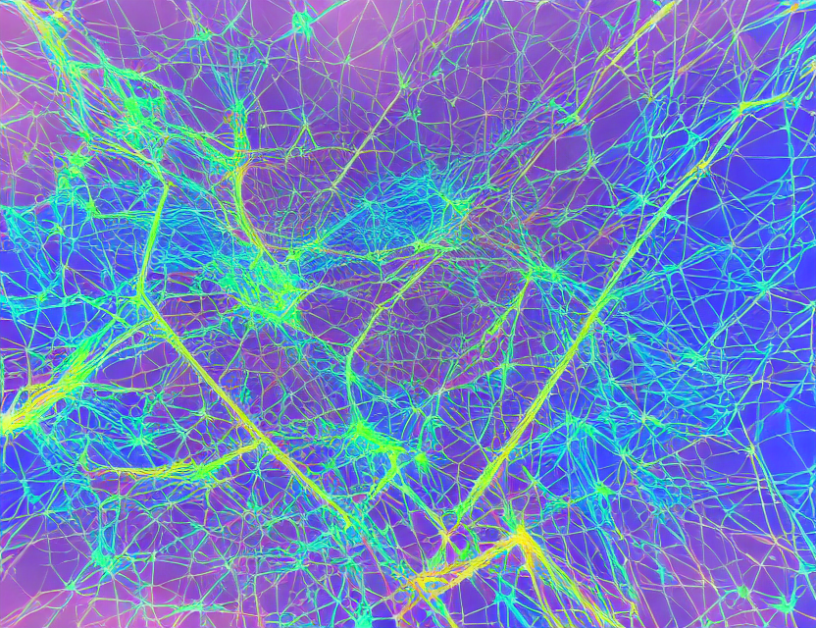Sparse Bayesian learning is a powerful machine learning technique that helps computers analyze complex data sets by removing unnecessary information. This technique is based on Bayesian inference, which is a method for estimating probability values from observed data. In this article, we will explore how sparse Bayesian learning works and some of its key applications.
What is Sparse Bayesian Learning?
Sparse Bayesian learning is a type of machine learning algorithm that uses Bayesian inference to estimate the structure of a data set. Unlike traditional machine learning methods, which require a complete description of the data set, sparse Bayesian learning only needs a subset of the information. This makes it particularly useful for analyzing large and complex data sets where the full detail may not be necessary or even possible to collect.
How Does Sparse Bayesian Learning Work?
Sparse Bayesian learning works by defining a prior distribution over the parameters of the model. This prior distribution is updated using Bayes’ rule, which combines the observed data with the prior distribution to produce a posterior distribution over the parameters. The resulting posterior distribution can be used to make predictions about the data or to estimate the structure of the data.
One key aspect of sparse Bayesian learning is that it can automatically identify the most important features in the data. By using a regularization term, such as L1 regularization (also known as "Lasso" regularization), the algorithm can shrink the coefficients of the features towards zero. This has the effect of removing noise and irrelevant features from the model, leaving only the most important ones.
Applications of Sparse Bayesian Learning
Sparse Bayesian learning has a wide range of applications in machine learning and data analysis. Some examples include:
- Image denoising: By using sparse Bayesian learning to remove noise from images, we can improve the quality of the image while preserving its important features.
- Gene expression analysis: Sparse Bayesian learning can be used to identify the most important genes in a data set by removing the noise and irrelevant genes.
- Recommendation systems: By using sparse Bayesian learning to model user preferences, we can make more accurate recommendations while reducing the number of features needed to make them.
- Time series analysis: Sparse Bayesian learning can be used to identify the most important patterns in time series data by removing noise and irrelevant patterns.
Conclusion
Sparse Bayesian learning is a powerful machine learning technique that can help computers analyze complex data sets more efficiently. By only using the information that is necessary, it can automatically identify the most important features in the data and reduce the amount of noise. With applications in image denoising, gene expression analysis, recommendation systems, and time series analysis, sparse Bayesian learning is a valuable tool for anyone working with large and complex data sets.



